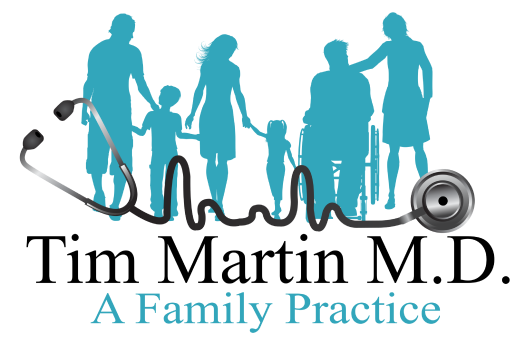
The opioid problem in the United States has been labeled a crisis, and for good reason. Every day, more than 130 people die because of an opioid overdose. Though scare tactics are a lousy way to start a conversation, we just want to underscore the seriousness of the problem. More importantly, we want you to understand that we offer a treatment — Suboxone® — that can help you or a loved from becoming part of these terrible numbers.
Here at our practice, under the experienced and compassionate leadership of Dr. Tim Martin, we offer medical services that are designed to keep the Abilene, Texas, community in great health. When a substance use disorder strikes, the effects are devastating to both the sufferer and their families, which is why we offer Suboxone.
If you or a loved one is dependent upon opioids, here’s how Suboxone can help break the chains of addiction and misuse.
Understanding the problem
Opioid use disorders aren’t simply a byproduct of recreational use, but often stem from doctor-prescribed medications that were originally meant to relieve pain. Although the intent was well-meaning, we’re now beginning to comprehend the full extent of the addictive nature of these drugs, driving people into a prison of addiction and dependence.
The numbers backing this up are eye-opening — between 21 and 29% of those who are prescribed opioids misuse them and 8-12% of people develop a substance use problem. And when the medical avenues dry up for receiving opioids, people then turn to street drugs, such as heroin, to feed their addiction. In fact, 80% of heroin users started out misusing prescribed opioids.
Our goal in reviewing these numbers is to dispel any stigma you may feel that’s preventing you from seeking treatment. We understand how an opioid use disorder can start innocently enough and how even the strongest among us can succumb to its clutches, which is why we want to help.
Why can’t I just quit?
Among the biggest hurdles to stopping opioid use are the withdrawal symptoms that come with depriving your body of the drug it relies on, both physically and mentally. Going cold turkey is certainly one avenue to treating your substance use disorder, but the miserable side effects often send people back to the drug quickly, often lasting only a day or two drug-free.
To give you an idea of the extent of withdrawal symptoms, here’s just a small sample:
- Vomiting and diarrhea
- Flu-like symptoms
- Muscle aches
- Anxiety
- Sweating and shaking
- Insomnia
And the list goes on.
The path of least resistance
The reason we chose to offer Suboxone is because it offers a relatively easy way out from the vicious cycle of opioid dependence and addiction. The drug tackles the problem from two different angles:
It eases the withdrawal symptoms.
It curbs the cravings.
Using a combination of buprenorphine and naloxone, Suboxone works as both an agonist and an antagonist, blocking your receptors from receiving the drug, while also supplying just enough to ease withdrawal, but not enough to get you high.
This explanation is simple, and we’re happy to sit down with you to review the science behind Suboxone, but it gives you an idea of why the treatment is so successful in helping people get on the road to recovery. We do recommend that you use Suboxone in combination with a 12-step program and/or counseling for the best long-term results.
If you’d like to regain control of your life again, please give us a call to learn more about Suboxone. Or you can use the online booking tool to set up an appointment.
